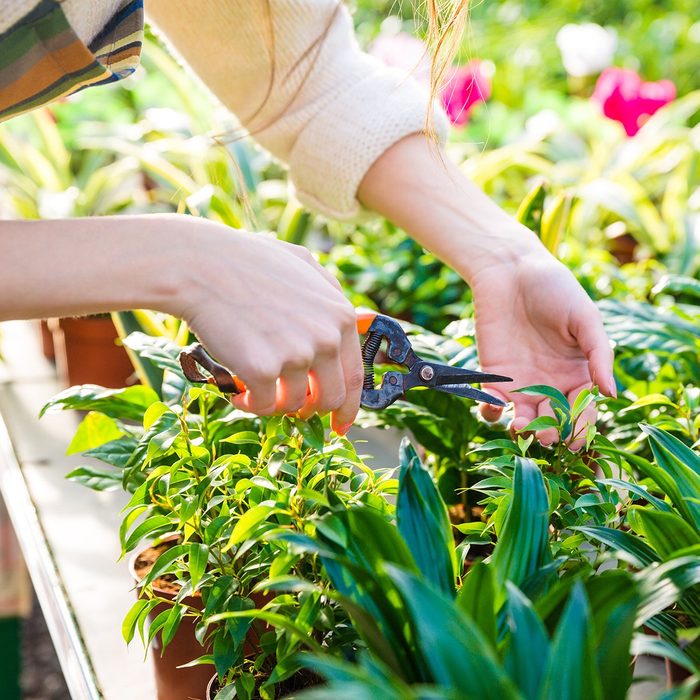
Get a Great Garden
All gardeners are proud of their hard work in the backyard. But if you have a thriving, happy green space and want to take it to the next level, check out our list of smart, easy tips to really make your garden shine. From better potting mix to saying no to pesticides, improve your yard with this gardener’s dozen.
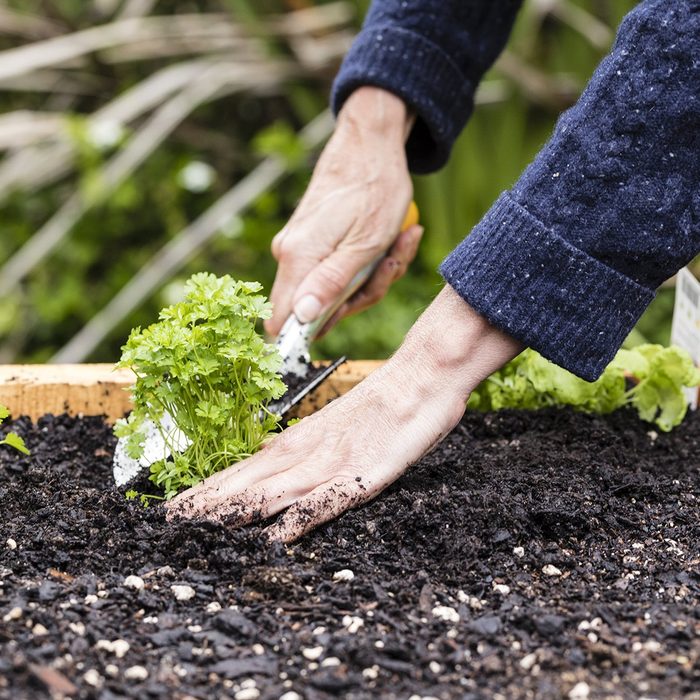
Use The Best Enriched Potting Mix
Make looking after container plants much simpler by choosing a premium potting mix that’s well-draining with long-lasting nutrients. Look for potting soil with peat moss, pine bark and perlite or vermiculite. It’s an easy-care way to achieve the best-ever displays.
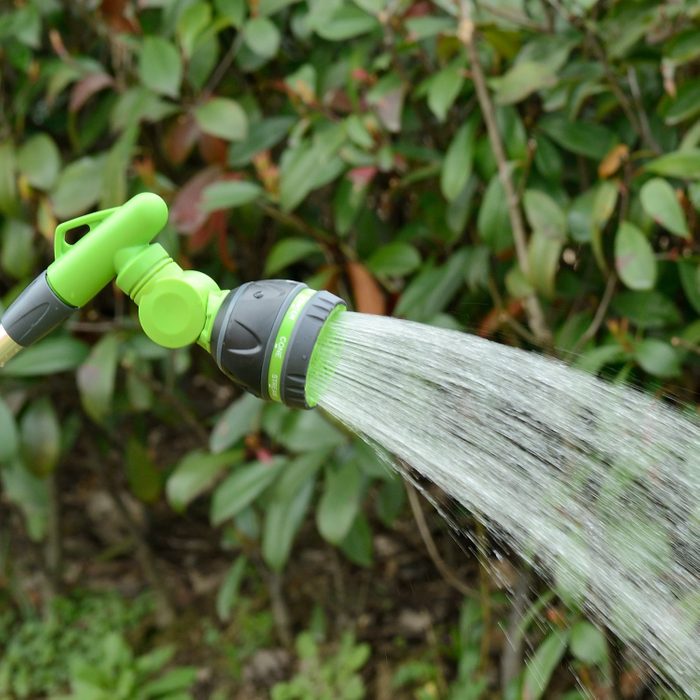
Invest in Top-Notch Tools
Introduce a long-handled weeding fork to your gardening toolkit; your knees and back will thank you. It’s worth examining what new tool designs are available. Many have been created to reduce strain on joints and ease gripping so you can garden in comfort. Here are the tools and gear every gardener needs.
But if you only invest in one garden tool, make it a well-made pair of shears. They make all the difference in your everyday pruning tasks. Keep them clean and sharp, and you’ll deadhead with ease and cut your shrubs cleanly to minimize the risk of damage and disease. Throw in a pruning saw for big jobs so you won’t be tempted to blunt or break your shears on thick stems.
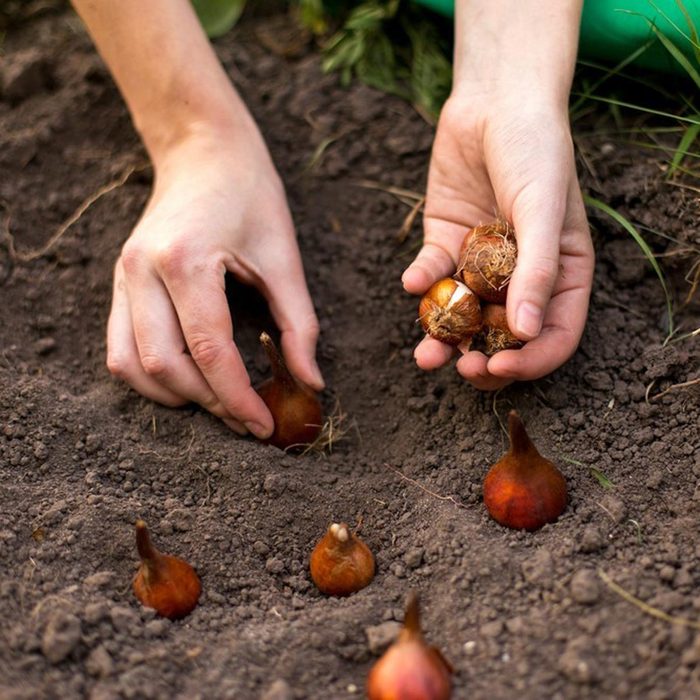
Pot Bulbs in Layers
Bulbs are self-sufficient, so you can pack them into pots for spring and summer displays. Try layering a selection of bulbs with different planting depths and staggered flowering times in a container for a continuous, long-lasting show. These are the secret ingredients that can help your garden grow.
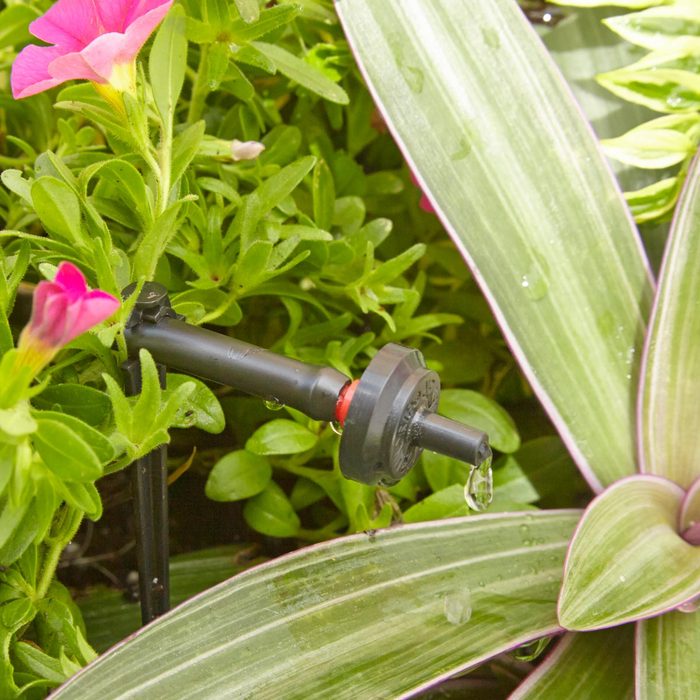
Take the Work Out of Watering
Drought-busting irrigation systems make watering a breeze instead of a chore, even with lots of pots. Link patio plants with a hose-and-dripper system, add an automatic timer to your tap, then sit back and relax, knowing your plants will thrive.
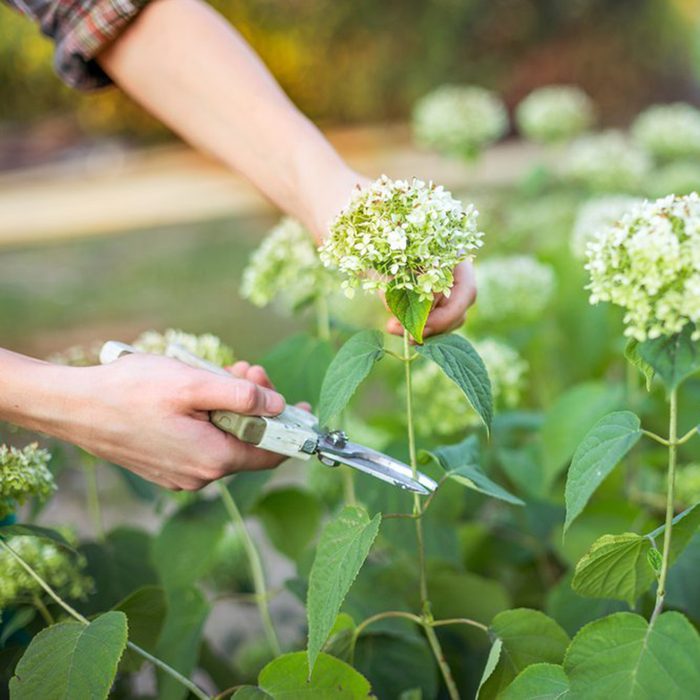
Plant Long-Lasting Flowers
Take a second look at old favorites. Horticulturists have produced new varieties that flower longer. They include billowing hydrangeas, easy-care lavenders and the versatile, trouble-free Oso Easy Double Red rose from Proven Winners, which continuously blooms from early to late summer. Check out these pro flower arranging tips that won’t break the bank.
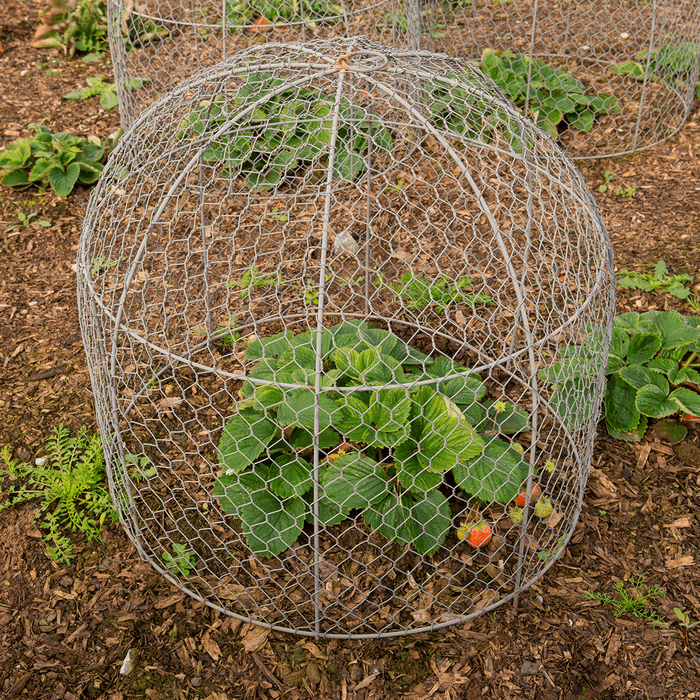
Thwart Pests the Natural Way
Garden fabric or netting is a traditional, foolproof way to prevent hungry backyard wildlife from feasting on your homegrown produce. A few clever tools for this include pop-up netting tents and no-fuss covers designed to protect raised veggie beds. And introduce natural, noninvasive predators like ladybugs into the garden. Ladybugs devour huge quantities of pesky aphids. Release them into your garden at dusk to encourage them to stick around and get to work.
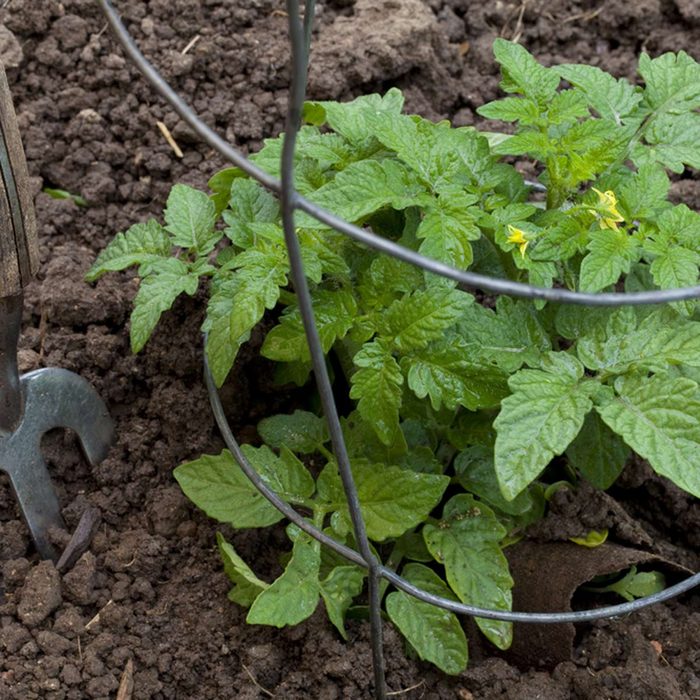
Support Your Plants
Cane, hoop and ring supports can transform your borders, lifting those floppy stems and preventing plants from dropping over paths. The secret with plant supports is getting them in early before the plant grows too much. As the plant thrives its stems and leaves disguise the support, giving your garden an effortless well-groomed look. These are the top herbs you should grow in your garden.
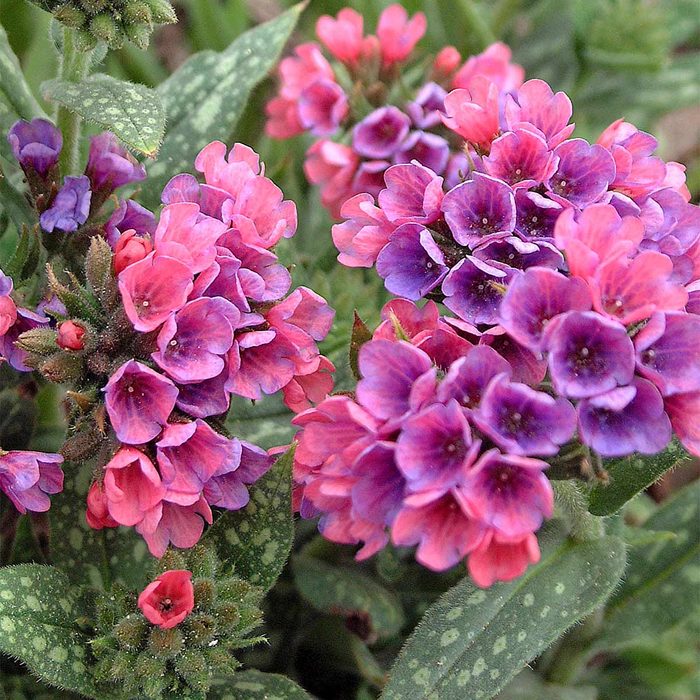
Plant Perennials in Big, Beautiful Drifts
Make a bigger splash with gorgeous flowering perennials by planting them in groups of three, five or even seven. It’s much easier to make a natural-looking grouping by arranging odd, rather than even, numbers of plants. Follow recommended planting distances, and the plants soon will grow together to create an exciting mass of color.
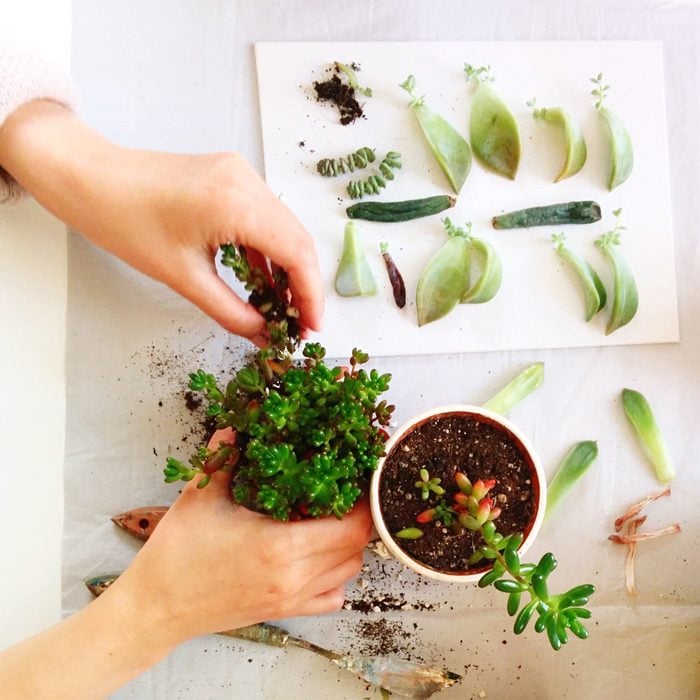
Learn the Secrets of Plant Propagation
Master the art of propagation, and soon your garden will be filled with organically grown plants. Start by sowing the seeds of your favorite flowers. Once they’ve flowered, let a few plants go to seed. (Be prepared for some surprises if they are hybrids, which don’t always come true from seeds.) Then harvest and store the seeds so they’re ready to plant the following year. Take a look at these cool succulents you’ll want as houseplants.
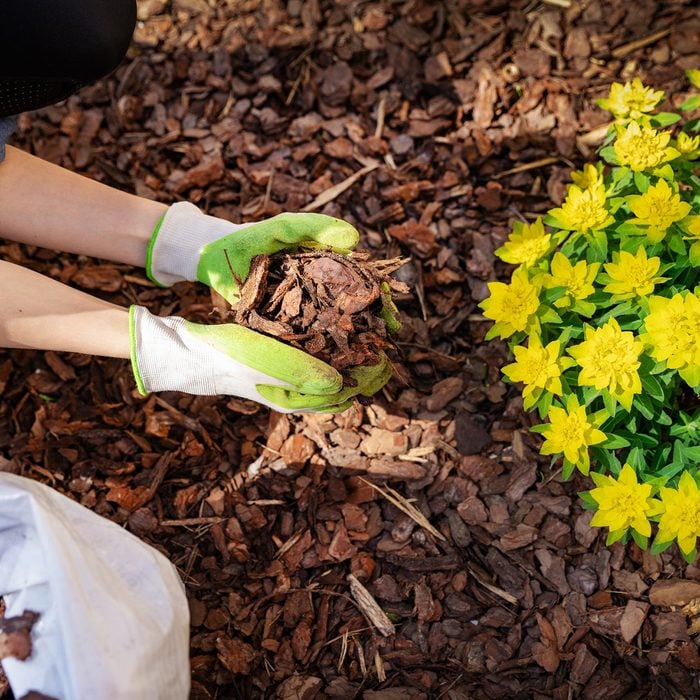
Banish Weeds with Organic Mulch
Lock moisture into your soil and smother weeds by giving your beds, and even your containers, a thick layer of organic mulch. Use hearty garden compost such as chopped-up leaves, grass clippings without weedkillers, evergreen needles or composted manure for lusher plantings. Your soil will hold water better. Here’s how to start composting at home.
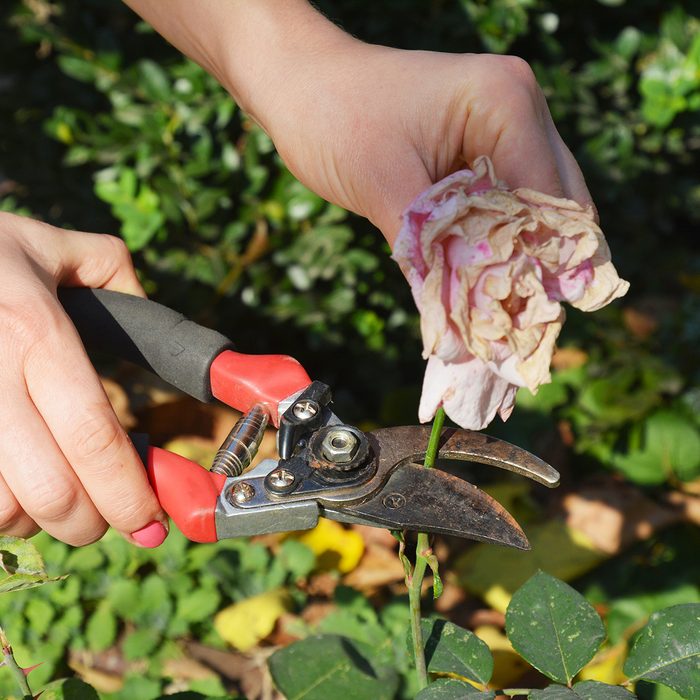
Deadhead to Keep the Flowers Coming
One of the secrets of spectacular summer flower displays is to pick or snip off dead flower heads regularly. This prevents the plants from setting seed, encouraging them to produce flush after flush of beautiful blooms. Deadhead annuals and most perennials to guarantee a longer season of flowering color from your garden. Take a look at these pretty edible landscaping ideas.
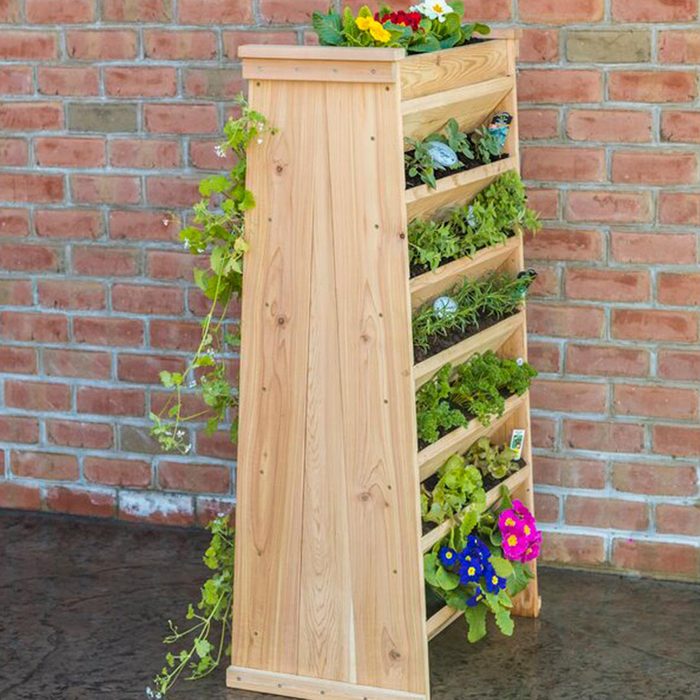
Go Vertical
Maximize your growing space with pocket wall planters. Fill them with colorful flowers to brighten vertical surfaces or grow salads and leafy herbs, like basil and parsley. You could add edible flowers, such as nasturtiums or violas, to pep up your salads and your backyard display.
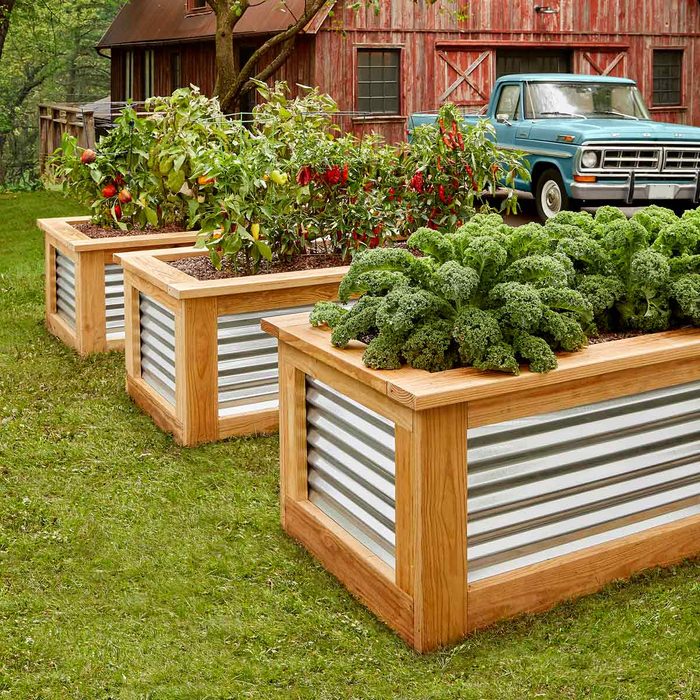
Grow Veggies in Raised Beds
A raised bed kit takes little time to assemble and makes a neat and productive home for your vegetables. Container aficionados will tell you the soil require less attention and fewer weeds will threaten your veggies. Just add a thick layer of garden compost or well-rotted manure whenever the soil is bare, and let the worms take it down into the soil for you. Here are a dozen vegetables you can grow in pots.